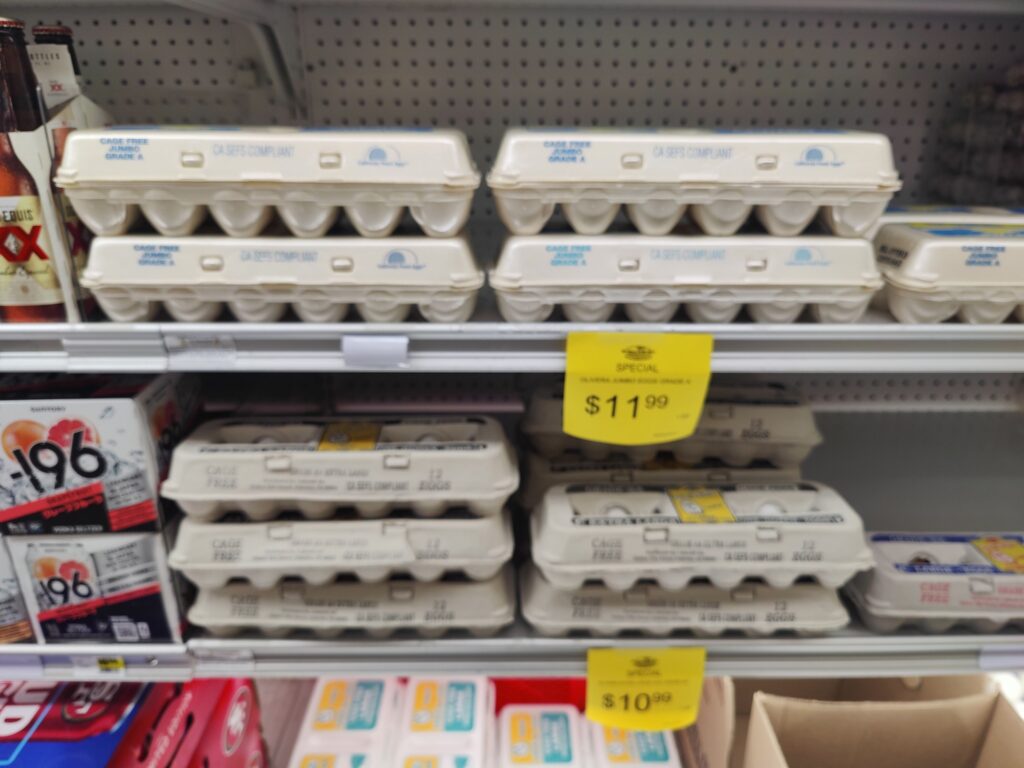Feeding 350 million people with decentralized egg production requires a multi-layered approach that leverages existing agricultural knowledge, modern technology, and innovative distribution methods. This includes empowering individuals and communities like yours to grow your own eggs effectively. With rising food prices and concerns over food security, taking charge of our food sources is not just beneficial but essential. Imagine the benefits of having fresh, organic eggs at your disposal while also contributing to a more sustainable food system.
Below, you will find a comprehensive outline of the necessary components and responses to scalability concerns. This will guide you through understanding how decentralized egg production can be a viable solution for food systems worldwide, paving the way for healthier communities and more resilient supply chains.

1. Production: Distributed, Multi-Tiered Egg Farming
- Household & Micro-Farms (Backyard Flocks)
- Small-scale chicken coops with 3-10 hens per household.
- Urban and suburban settings with local ordinance adjustments.
- Shared community coop models in denser areas.
- Community & Cooperative Farms
- Mid-scale, managed collectively by neighborhoods, co-ops, or small businesses.
- Regenerative models integrating chickens into permaculture and soil health.
- Shared access and revenue models to improve participation.
- Regional & Industrial-Scale Farms
- Scaled-up regenerative poultry farms that prioritize soil restoration, carbon sequestration, and ethical production.
- Automation and AI-driven health monitoring to maintain high efficiency.
- Strategic feed production using localized and alternative sources.
2. Inputs: Feed & Sustainability
- Decentralized Feed Systems
- Localized grain production and processing to reduce reliance on global supply chains.
- Insect farming (e.g., black soldier fly larvae) as an alternative protein source.
- Food waste upcycling into poultry feed (compost and fermentation methods).
- Sustainable Breeding & Genetics
- Selection of resilient, high-yield egg-laying breeds suited for diverse climates.
- Development of feed-efficient hens to reduce input requirements.
- Climate-Resilient Infrastructure
- Modular, adaptable housing for different geographies.
- Smart automation (IoT) for water, feed, and environmental monitoring.
3. Logistics & Distribution: Getting Eggs to 350M People
- Hyper-Local Egg Markets
- Direct-to-consumer sales via farmers’ markets, CSAs, and co-op stores.
- Subscription models for local egg delivery services.
- Food sovereignty models where communities control production.
- Regional Distribution Hubs
- Cold storage hubs that aggregate eggs from smaller producers for stability.
- Integration with existing grocery and restaurant supply chains.
- Blockchain & Digital Tracking
- QR code traceability on eggs showing source, feed quality, and freshness.
- Direct connections between small producers and consumers via decentralized markets.
4. Addressing Scalability Concerns
🔹 “I had chickens, it was great, but it’s not scalable.”
✅ Response: It’s not about everyone having chickens. The model scales by networking small, medium, and large production methods into a robust, decentralized system. Think of it as microgrids for food—each unit contributes to resilience.
🔹 “I had chickens, it was great, but it’s not scalable.”
✅ Response: It’s not about everyone having chickens. The model scales by networking small, medium, and large production methods into a robust, decentralized system. Think of it as microgrids for food—each unit contributes to resilience and sustainability, minimizing the environmental impact while maximizing output.
🔹 “Feeding chickens takes too many resources.”
✅ Response: Decentralized systems allow for regional optimization. Urban and peri-urban chickens can effectively utilize food waste; regenerative farms can grow feed more efficiently; insect farming provides a sustainable and nutritious protein source.
🔹 “Egg prices would skyrocket without industrial farms.”
✅ Response: Decentralization removes middlemen, reduces transportation costs, and diversifies supply, resulting in lower price shocks. Technology and regenerative practices can further lower input costs, keeping egg prices stable even during high demand periods.
🔹 “Disease control is harder with decentralized farms.”
✅ Response: Actually, smaller and spread-out flocks reduce the risk of large-scale outbreaks (unlike industrial farms where one infection can wipe out millions). IoT monitoring and rapid-response veterinary networks can significantly mitigate risks, ensuring flock health and reducing mortality rates.
🔹 “Feeding chickens takes too many resources.”
✅ Response: Decentralized systems allow for regional optimization. Urban and peri-urban chickens can eat food waste; regenerative farms can grow feed efficiently; insect farming provides sustainable protein.
🔹 “Egg prices would skyrocket without industrial farms.”
✅ Response: Decentralization removes middlemen, reduces transportation costs, and diversifies supply, reducing price shocks. Technology and regenerative practices lower input costs.
🔹 “Disease control is harder with decentralized farms.”
✅ Response: Actually, smaller and spread-out flocks reduce the risk of large-scale outbreaks (unlike industrial farms where one infection wipes out millions). IoT monitoring and rapid-response vet networks can mitigate risk.
5. Supporting Policies & Cultural Shifts
- Urban Zoning Reform: Legalize backyard chickens with clear guidelines.
- Incentives for Small Producers: Tax breaks, grants, or subsidies for decentralized production.
- Consumer Education: Marketing campaigns to normalize decentralized food systems.
- Decentralized Food Cooperatives: Support local ownership and community-scale agribusiness.
Results You Can Taste: Food Security through Resilient Networks
- Instead of centralized mega-farms, millions of nodes working together create stability.
- Redundancy in food systems prevents supply chain disruptions.
- Localized control fosters self-sufficiency, food sovereignty, and economic empowerment.
This model doesn’t only scale vertically with larger farms but also horizontally by creating more distributed production nodes. It’s about sustainability through diversity—not one giant system, but many connected, adaptable systems working in harmony towards a common goal of food security.
Leave a Reply